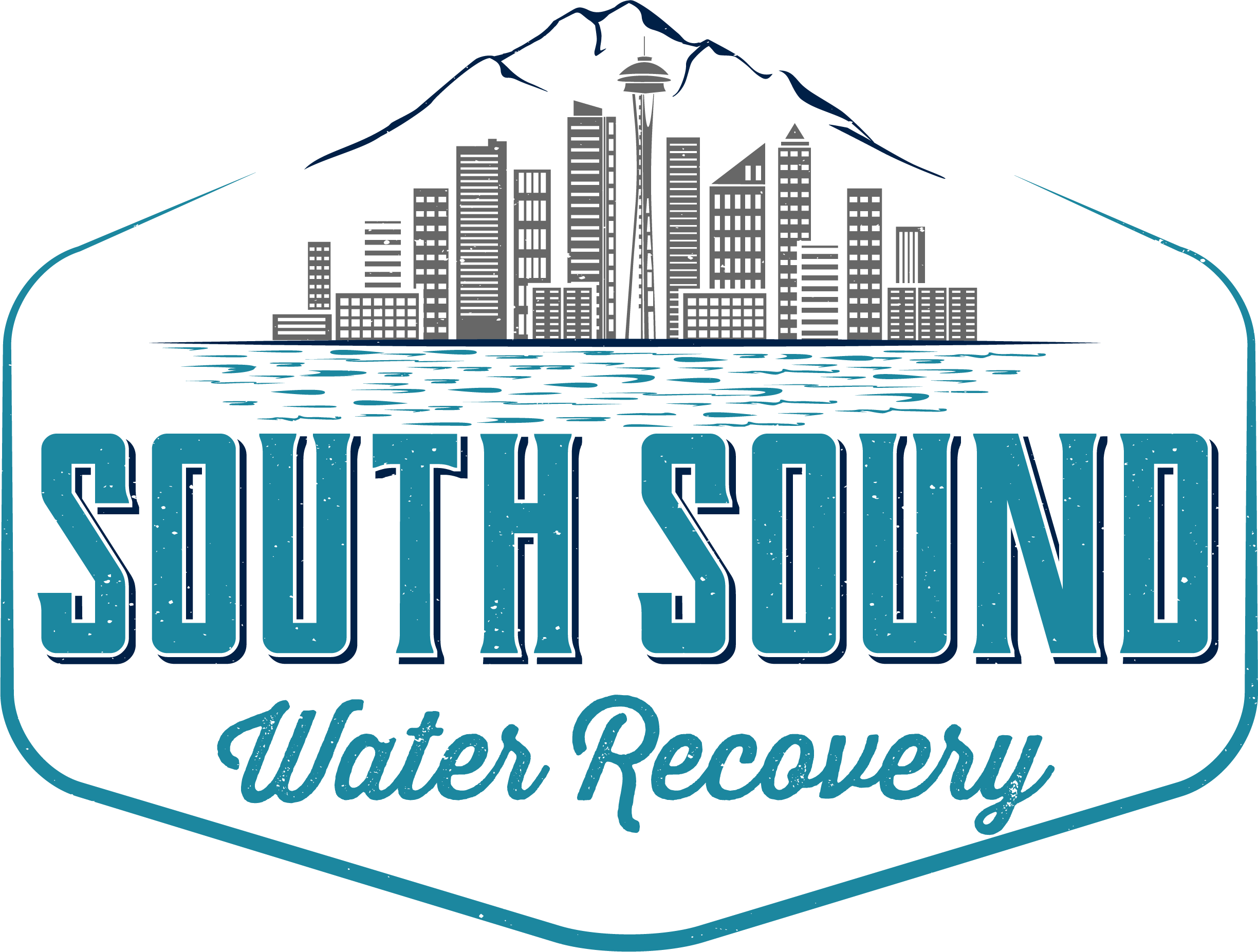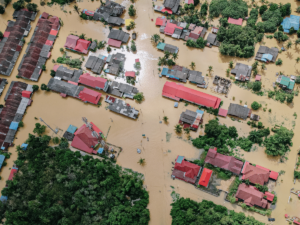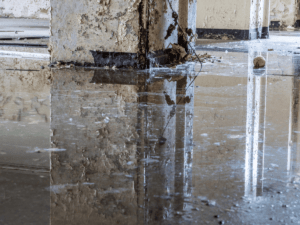When nature unleashes its fury in the form of a hailstorm, your property can take a beating. Hailstones, ranging in size from small pellets to golf ball-sized chunks of ice, can wreak havoc on your home, vehicle, and outdoor structures. While hailstorms are common in many regions, the damage they leave behind can be significant and costly to repair.
In this comprehensive guide, we’ll delve into the world of hail storm damage repair.
Signs of Hail Damage to Watch Out For
Hailstorms can wreak havoc on your property, leaving behind a trail of damage that’s not always immediately evident. To protect your investments and ensure timely repairs, it’s crucial to be vigilant and look for signs of hail damage. Here are some common areas to inspect and signs to watch out for:
Roof Damage
Your roof is often the first line of defence against hailstones. Your roof is often the first line of defence against hailstones. Inspect the signs of roof damage.
- Dented or Cracked Shingles: Hail can cause shingles to become dented or cracked. Look for any irregularities on the surface of your shingles.
- Granule Loss: Hail can strip away the protective granules on asphalt shingles. If you notice a buildup of granules in your gutters or downspouts, it’s a clear indicator of hail damage.
- In severe cases, hail can damage shingles to the point where the underlayment becomes exposed. Check for any areas where the underlying roofing material is visible.
Siding and Exterior Damage

Hail doesn’t discriminate when it comes to your property’s exterior. Inspect your siding, windows, and doors for the following signs:
- Dents or Pockmarks: Hail can leave behind dents or pockmarks on siding, window frames, and door surfaces. Examine these areas closely for any irregularities.
- Cracked or Broken Glass: Windows and glass doors are vulnerable to hail damage. Look for cracks or shattered glass, especially if the hailstorm is particularly severe.
Vehicle Damage
If your vehicle was exposed to the hailstorm, it’s essential to check for damage:
- Dents on the Body: Hailstones can leave dents on your car’s body, roof, hood, and trunk. Inspect the entire vehicle surface for dents, no matter how small they may appear.
- Broken or Cracked Windshields: Hail can damage your vehicle’s windows. Check for any cracks or visible damage to the glass.
Gutters and Downspouts
While gutters and downspouts are designed to withstand the elements, they can still suffer hail damage:
- Dents or Bent Sections: Examine your gutters and downspouts for dents or bent sections caused by hail impact.

Outdoor Structures
Don’t forget about your outdoor structures, such as patio covers, awnings, and pergolas:
Dents or Tears: Check these structures for dents, tears in fabric or roofing materials, and other signs of hail structural damage.
HVAC Units
Your HVAC (heating, ventilation, and air conditioning) unit may also be vulnerable:
Damaged Fins: Inspect the fins on your outdoor AC unit for any bending or damage caused by the impact of hail.
Remember that hail damage may not always be immediately visible, so a thorough inspection is essential. If you discover any signs of hail damage, it’s crucial to take prompt action to assess and address the extent of the damage. Timely repairs can prevent further deterioration and costly fixes down the road.
We’ll explore the steps to take after identifying hail damage on your home.
Assessing Hail Damage: DIY or Professional Help?
After identifying signs of hail damage on your property, you’ll need to decide whether to handle the repairs yourself or seek professional assistance. Both options have their advantages and considerations, so let’s explore the factors involved in making the right choice:
DIY Hail Damage Repair

- Cost-Effective: If the damage is minor and you have the necessary skills, you can save money by performing DIY repairs.
- Immediate Action: DIY repairs allow you to address the damage quickly, preventing further issues like water damage.
- Personal Satisfaction: Successfully repairing hail damage on your own can be a source of personal satisfaction and accomplishment.
- Skill Level: Assess your roofing and repair skills honestly. Complex or extensive damage may require professional expertise.
- Safety: Roof repairs can be hazardous, so prioritize safety. Ensure you have the right equipment and take necessary precautions.
- Materials: Gather the appropriate materials for the repair. Matching roofing materials and colors may be challenging for DIYers.
Professional Hail Damage Repair
- Safety: Professional roofers have the training and equipment to work safely at heights, reducing the risk of accidents.
- Quality Assurance: Experienced contractors can provide high-quality repairs that meet industry standards, ensuring your roof’s long-term integrity.
- Warranty: Many professional roofing services offer warranties on their workmanship and materials, providing peace of mind.
- Time Efficiency: Professional roofers can complete repairs efficiently, thanks to their equipment, materials, and skilled team.
- Comprehensive Assessment: Roofing contractors can comprehensively inspect your roof, addressing both visible and hidden damage.
- Insurance Assistance: If your hail damage is covered by insurance, professionals can assist with the claims process, ensuring you receive a fair settlement.
- Cost: Professional repairs may be more expensive than DIY, depending on the extent of the damage and your insurance coverage.
- Scheduling: The availability of roofing companies may vary, so consider scheduling repairs promptly to prevent further damage.
Making the Right Choice
The decision between DIY and professional hail damage repair depends on several factors:
- Damage Severity: Small, manageable repairs may be suitable for DIY, while extensive or complex damage often requires professional help.
- Skill and Experience: Assess your roofing skills and experience honestly. If you’re unsure, consulting with a professional is a wise choice.
- Safety: Prioritize safety, especially if the repairs involve working at heights. Professionals are equipped to handle these hazards.
- Materials and Equipment: Consider whether you have access to the necessary materials and tools for a successful DIY repair.
- Insurance Company Coverage: Check your homeowner’s insurance policy to understand your coverage and deductible. If the damage is covered, consulting with a professional can help with the claims process.
Choosing the Right Experts for Hail Storm Damage Repair
When it comes to hail storm damage repair, selecting the right experts is crucial. Here are key factors to consider:
Local Experience: Opt for local professionals like <strong>South Sound Water Recovery</strong> with a strong reputation in your area.
Licensing and Insurance: Ensure they are licensed, bonded, and insured for your protection.
Experience in Hail Storm Damage Repair: Look for experts with specific experience in handling hail damage.
Emergency Response: Choose professionals who offer 24/7 emergency response to address hail damage promptly.
Quality Materials and Workmanship: Inquire about the materials used and warranties provided.
Transparent Pricing and Communication: Request a detailed estimate and clear communication throughout the repair process.
Eco-Friendly Practices: For sustainability, ask about eco-friendly options.
Partner with South Sound Water Recovery for hail storm damage repair. Our experienced team is ready to restore your property effectively. Contact us today.





